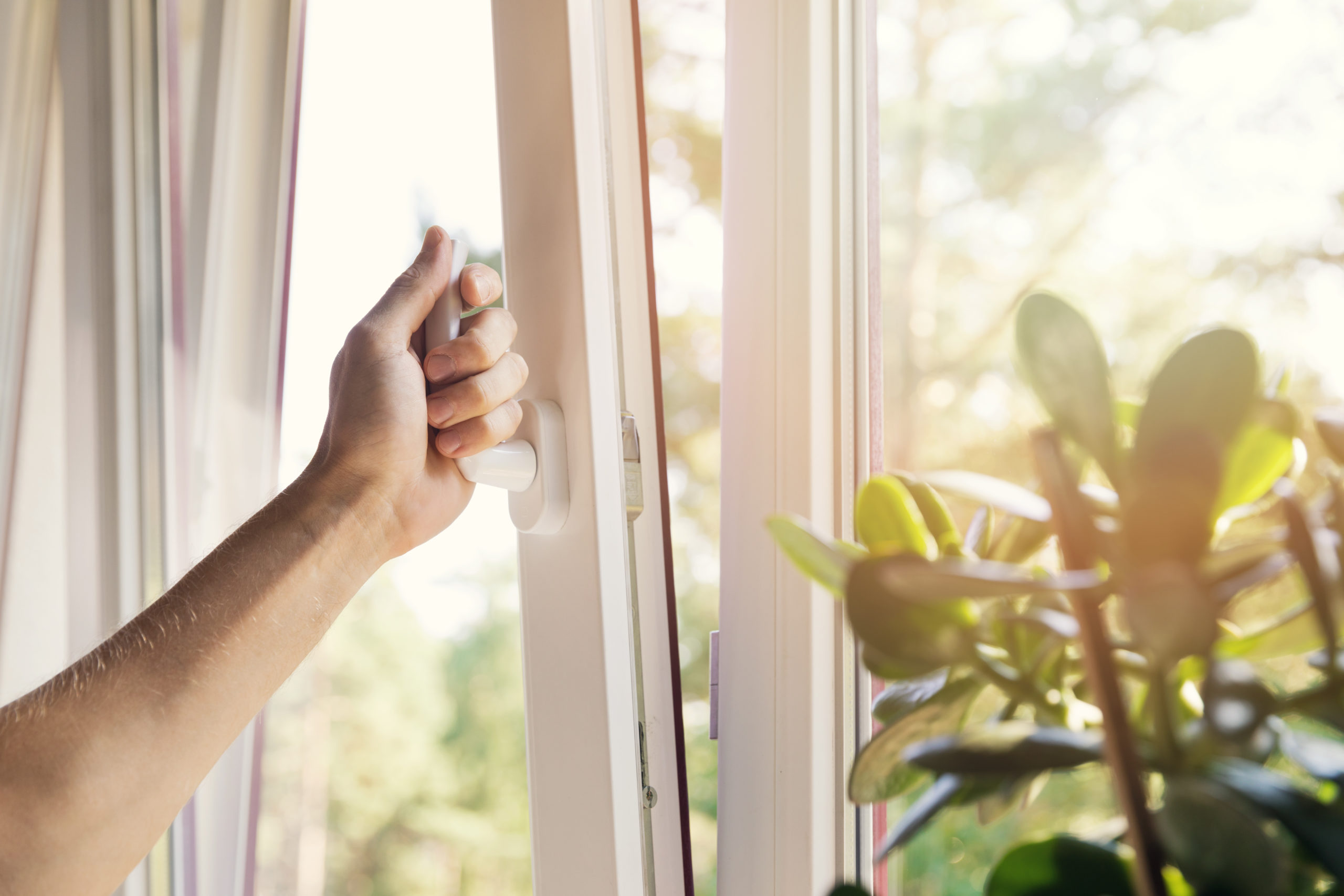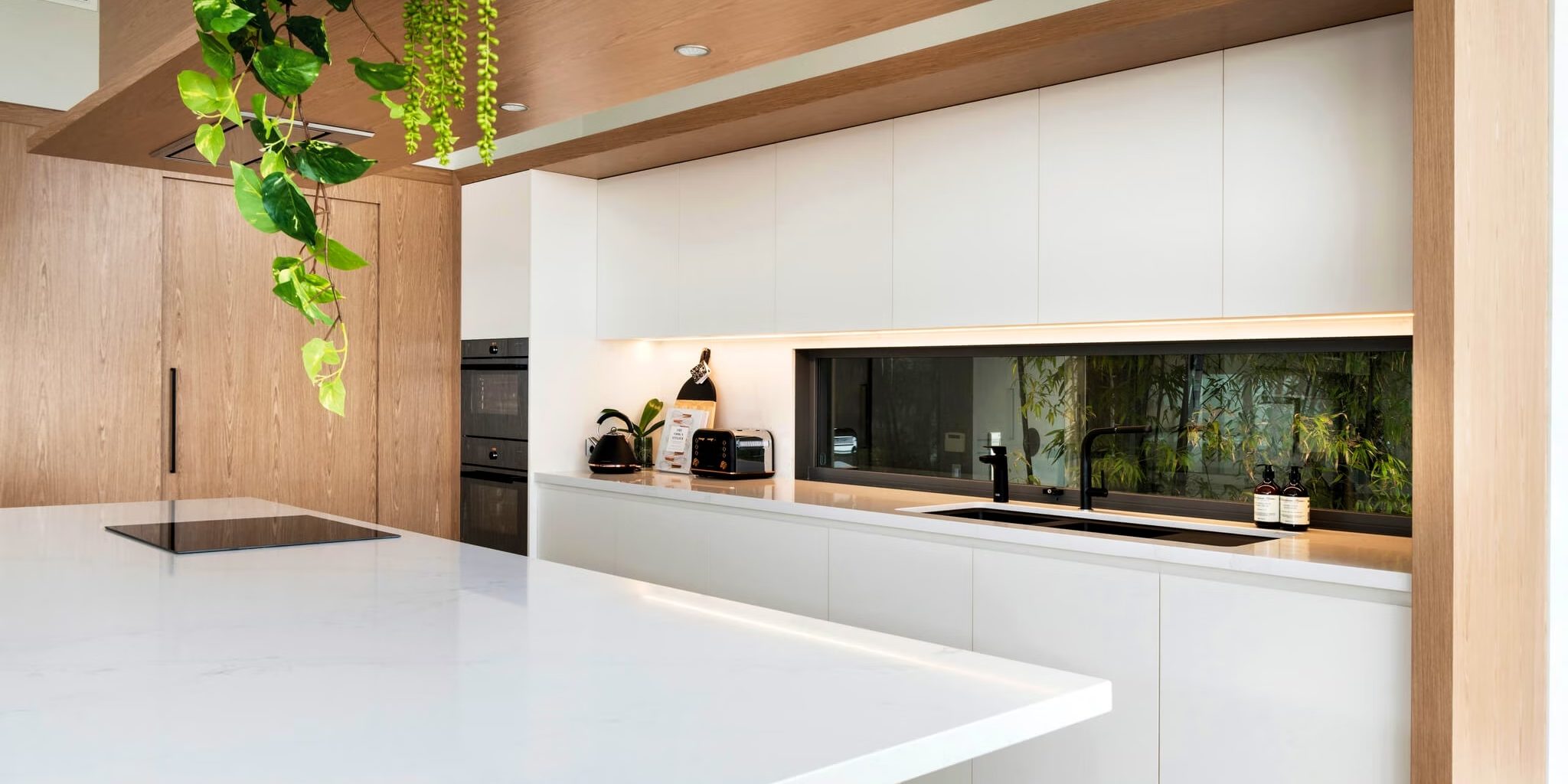The climate change that the planet is undergoing is becoming increasingly evident and is also being felt in our homes. We are faced with the need to react to climate change and it is urgent to act through the energy rehabilitation of existing homes and buildings. It is estimated that only 5% of our buildings are sustainable.
For this reason, when we carry out a renovation it is important to take into account elements, materials or products that allow us to reduce the impact of climate change inside our homes.
We share six sustainable solutions to combat climate change at home:
1. Thermal insulation
At the time of the renovation it is important to be informed about the elements that can be used to maintain the right indoor temperature to provide comfort and well-being to the environments.
From mineral insulation (rock wool and fiberglass); synthetic insulation (expanded polystyrene and extruded polystyrene); reflective insulation (multilayer and bubble insulation) to recycled and ecological insulation such as cork, wood chips, hemp, cotton and geotextile. These insulations are presented in different formats such as panels, plates, rolls, blankets, foam, balls, among others, for a better fit depending on the surface to be insulated: ceilings, walls, floors, etc.
2. Geothermal air conditioning
Another aspect to take into account when renovating is to have geothermal air conditioning systems that convert the thermal inertia of the subsoil into heat by means of heat pump systems or simple pumps. They can be used both for heating or cooling and for sanitary hot water, being more sustainable for the environment and allowing a lower energy consumption.
3. Sustainable and environmentally friendly materials
Sustainable wall, floor and countertop coatings: from hybrid surfaces that blend premium minerals and high-performance recycled materials, sustainably manufactured (recycled water and renewable electrical energy) to natural stone, ceramic or wood surfaces.
Furniture and accessories: use sustainable materials such as cork or vegetable fibers, rattan or jute, and avoid synthetic materials, abandoning the use of plastics.
4. High thermal and acoustic insulation windows
Windows with double glazing and PVC profiles that integrate continuous fiberglass offer higher levels of thermal and acoustic insulation and security. The watertightness and durability of the materials with which they are made contribute to provide greater comfort to our home.

5. Alternative and clean energy sources
If possible, opt for energy sources that facilitate self-sufficiency as the best option when renovating. In addition to geothermal energy but we must also take into account other clean energies such as:
a. Solar energy. Installing photovoltaic solar panels is an alternative if you live in a sunny area as they will generate the electricity needed for domestic use.
b. Biomass. It is a clean and ecological energy that allows to produce heating and sanitary hot water. In this option the vegetable fuel feeds a biomass boiler or stove.
6. Aid for energy rehabilitation:
The Spanish government has approved the transfer of 1.9 billion to the autonomous communities to finance residential rehabilitation actions and construction of social rental housing in efficient buildings. The objective is to reduce energy consumption by up to 30%, with measures such as changing windows or heating to use renewable energies. You can check these grants in each autonomous community.
